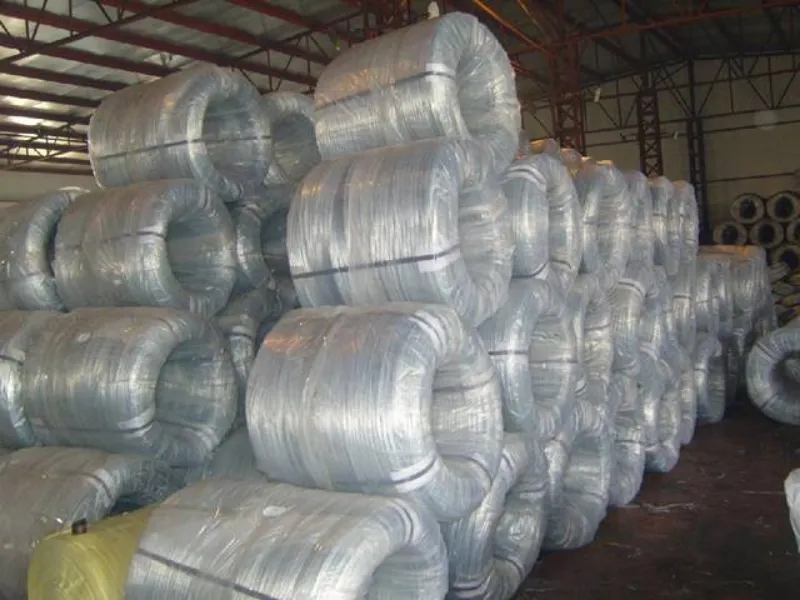
- Mobile Phone
- +8613931874955
- sales@cntcmetal.com
brick ladder reinforcement
The Concept of Brick Ladder Reinforcement in Modern Construction
In the ever-evolving field of construction, the integration of innovative methods and materials plays a crucial role in ensuring the safety, durability, and efficiency of buildings. One such concept gaining traction in recent years is the idea of brick ladder reinforcement. This technique not only enhances the structural integrity of brickwork but also provides an efficient solution to common challenges faced in construction projects.
At its core, the brick ladder reinforcement technique involves the strategic placement of reinforcement materials within masonry walls. This practice is particularly vital in areas prone to seismic activity, where buildings must withstand significant lateral forces. The term ladder refers to the arrangement of reinforcements, typically made of steel, which resemble the rungs of a ladder. This configuration allows for effective load distribution and enhances the overall resilience of brick structures.
One of the primary advantages of utilizing brick ladder reinforcement is the improved tensile strength it provides to the walls. Brick, while strong in compression, is relatively weak in tension. By incorporating reinforcement, construction professionals can significantly increase the wall's ability to resist cracking and structural failure under tensile stress. This aspect is especially crucial in regions where fluctuating temperatures and humidity levels can lead to thermal expansion and contraction, often causing cracks in traditional brickwork.
Moreover, the use of brick ladder reinforcement helps in mitigating the effects of lateral forces, such as those generated during an earthquake or high winds. Traditionally, masonry walls lack sufficient lateral support, making them vulnerable to failure under such conditions. The ladder-like arrangement of reinforcements allows the walls to better absorb and dissipate these forces, enhancing the building's overall stability. As a result, architects and engineers are increasingly advocating for this method to ensure compliance with modern safety standards and codes.
brick ladder reinforcement

Another noteworthy benefit of brick ladder reinforcement is its cost-effectiveness. Although the initial investment in additional materials might seem substantial, the long-term savings associated with reduced maintenance and repair costs can be considerable. Buildings that incorporate this technique tend to have a longer lifespan, minimizing the need for extensive renovations or reinforcements in the future. Additionally, the enhanced safety features can lead to lower insurance premiums, further offsetting the initial expenditure.
In terms of aesthetics, brick ladder reinforcement can be seamlessly integrated into various architectural styles. The reinforcements can be designed to complement the existing brickwork, ensuring that the structural enhancements do not compromise the visual appeal of the building. Sustainable practices can also be employed, such as using recycled materials for reinforcement, thus aligning with modern environmental standards.
As with any construction technique, it is crucial for builders and architects to be well-versed in the proper application and limitations of brick ladder reinforcement. Understanding the specific requirements of a project, including local building codes and environmental factors, is essential to effectively implement this technique. Collaborating with experienced professionals in the field of structural engineering can ensure that the reinforcement is applied correctly, maximizing its benefits while adhering to safety regulations.
In conclusion, brick ladder reinforcement represents a significant advancement in construction technology, offering a reliable solution to enhance the structural integrity of masonry walls. As the construction industry continues to progress, adopting innovative techniques such as this will be essential in creating buildings that not only meet the demands of modern society but also prioritize safety and sustainability. With its numerous benefits, including improved tensile strength, lateral stability, cost-effectiveness, and aesthetic versatility, brick ladder reinforcement may well become a standard practice in future construction projects, paving the way for safer and more resilient urban environments.
share:
-
Why Sacrificial Formwork Is Redefining Underground ConstructionNewsJun.06,2025
-
The Structural Dynamics of Modern Concrete: How Snake Spacers Revolutionize Flexible ReinforcementNewsJun.06,2025
-
Snake Spacers Smart-Lock Concrete Reinforcement with Surgical PrecisionNewsJun.06,2025
-
Snake Spacers: Reinforcement Precision for Modern Concrete ProjectsNewsJun.06,2025
-
Snake Spacers Powering Concrete's Structural DNANewsJun.06,2025
-
Slither into Success: Snake Spacers' Precision Bite for Unbreakable ReinforcementNewsJun.06,2025
-
Sacrificial Formwork: Building Stronger, Faster, and Safer StructuresNewsJun.06,2025



















